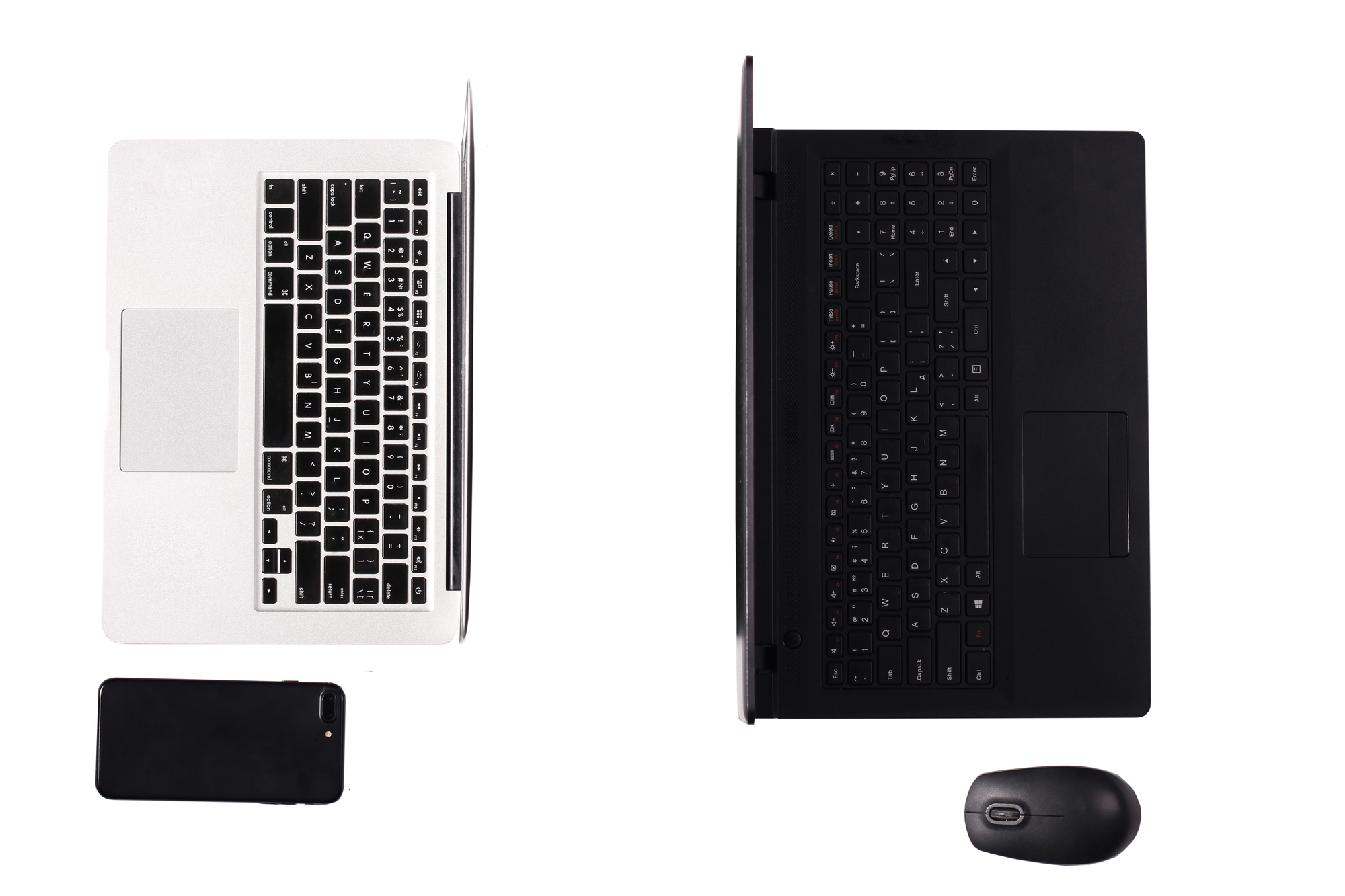
From the Z1 to Today: The Amazing Evolution of Computers
Do you know where computers began?
Just like all manmade things, there was a point when the computer was first invented. But, that computer is likely to look a whole lot different from the one you’re using today!
That first spark of an idea has been through tons of innovation and evolution, making it almost unrecognizable from modern devices. Today, we’re going to turn back time and go back to the beginning.
Read on to find more about the evolution of computers, starting over 200 years ago.
Contents
Before the First Modern Computer
Before the evolution of the computer, the abacus was the closest thing for many years. But in 1801, the first hint of the computer was invented – although by modern standards it’s very basic. The computer was actually a loom that read punched cards to weave designs, and it was invented by Joseph Marie Jacquard in France.
This punch card system continues to pave the way forward. In 1890, Herman Hollerith created a punch card computer system to help calculate the census of 1880, speeding up to process and saving the US millions of dollars.
As you can see, these were fairly far off what you now use to browse social media and check your emails, but they were a start! The history of computers still has a long way to go, though.
The First Modern Computer
Computers really started to take off in the 1930s. In this decade, Alan Turing presented the idea of a universal machine – also known at the Turing machine – which created the central ideas of the modern computer.
In the same year as Turing presented the notion, the first-ever modern computer was created. This was the Z1, and it was made in Berlin by Konrad Zuse. He actually made it in the living room of his parent’s house, where he used pins, film, and metal plates to create this revolutionary device.
The Z1 could add and subtract with ease, and it began the long history and evolution of computer hardware.
The Computers That Followed
After the Z1, the ENIAC was developed, which was used during World War II. It could work through thousands of problems in a second, but it filled an entire room. Not so practical for a modern household!
Even as the evolution of computers moved on, they weren’t commercially available for another 20 years. During the 1950s, they were used solely for scientific research and engineering processes.
But in the 1960s, the Programma 101 came along and changed the game. This was the first-ever desktop computer (even if it still doesn’t resemble the monitors we know and love today). It was about the size of a regular typewriter, with 37 keys and a printer.
The Rise of Personal Computing
The Programma 101 was the start of personal computers. The next was the Xerox Alto in the 70s, which is much more similar to the kind of old-fashioned computer you might conjure up in your head. It has a screen, keyboard, and mouse; a design that would pave the way for all personal computers that followed.
Very importantly, these computers were designed to be easy enough for kids to use. Gone were the days when computers where for scientific and mathematical experts alone; now anyone could use them.
The Evolution of Apple Computers
Whilst Apple hasn’t been the only designer of computers – far from it, in fact! – they have been a leader in innovation. To look at how computers have changed since the 1970s, you only have to look at the progress of Apple.
The Apple Macintosh, released in January 1984, completely changed the course of personal computing. It was famously launched with the 30-second commercial than ran during the Super Bowl and cost the company $1.5 million. The commercial was huge and the computer that followed was even bigger.
The Macintosh used a window-and-mouse system, based on the work done by Xerox. It replaced text input with graphics, had an interface like no one had ever seen, and was the easiest computer to use that had ever been made.
From there, it was all up for Apple. In the 90s they released their iconic iMac G3 which turned the clunky computer designs of the past on their head with its blue, clear casing. They continued to innovate the desktop computer, leading to the slimline, advanced machines we use today.
Their next most notable innovation was the Macbook Air. In a now-iconic move, Steve Jobs unveiled the laptop from a manila envelope, causing a ripple of excitement at how thin the laptop was, measuring just 0.76 of an inch thick. Compared to the bulky laptops currently on the market, this was another moment of genius from the company.
Computers in Our Time
The history of computers has come a long way, but they’re far from done! Nowadays, we have superfast desktops, ultrathin laptops at incredibly cheap prices, and, of course, tablets, which have changed the way we think about computing. If you’re a fan of all things computing, view here for more updates and information.
Keep on Innovating
The world of computing is far from done – in fact, this may only be the beginning. From see-through interfaces to holograms, there’s still a lot of futuristic ideas that are yet to be put into action. Who knows where the evolution of computers will take us next?
If you enjoyed this article, be sure to take a look at more on our website. We write about a range of tech topics, including the latest app innovations and reviews of new releases on the market, helping you stay in the loop.


Comments are closed.